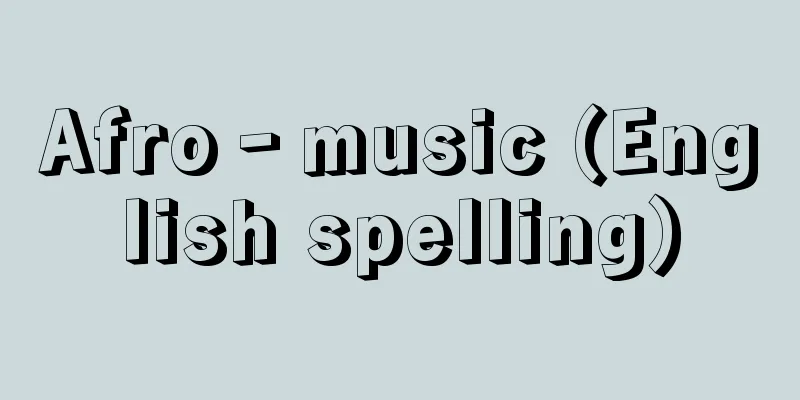《Language》(Sapia) (English spelling) Language

|
… From [Sapia]…He conducted deep and complex research into the relationship between language and thought, and used his talent to succeed in grasping languages from the inside. His major work, Language: an Introduction to the Study of Speech (1921), is rich in original insights and suggestive, and is considered to be the bible of American linguistics along with L. Bloomfield's Language. [Kou Miyake] … *Some of the terminology explanations that mention "Language" (Sapia) are listed below. Source | Heibonsha World Encyclopedia 2nd Edition | Information |
|
… 【サピア】より…言語と思考の関係について深く複雑な考究を行い,天分を生かして諸言語を内面的に把握することにも成功した。主著《言語――ことばの研究序説Language:an introduction to the study of speech》(1921)は創見に富み暗示的で,L.ブルームフィールドの《言語》と並びアメリカ言語学のバイブルとされた。【三宅 鴻】。… ※「《Language》(サピア)」について言及している用語解説の一部を掲載しています。 出典|株式会社平凡社世界大百科事典 第2版について | 情報 |
>>: 《Language》(Bloomfield) (English) Language
Recommend
Farinelli, G.
… [Works and Artists] However, no matter how deep...
Xiphosurida
…a general term for arthropods belonging to the o...
Cardiff Castle - Cardiff Castle
A castle in the center of Cardiff, the capital of ...
Hydrophobic colloid
…This is called coagulation. Colloids that are pr...
Nipponanthropus akashiensis (English spelling)
...The actual bone was burned in 1945 during the ...
Internet facsimile - Intarnet facsimile
...On the other hand, the Internet, a representat...
Barium sulfate
Barium sulfate. It occurs naturally as barite. Wh...
Mino [town] - Mino
A former town in Miyoshi County in the northwest o...
Berners, J.
...When choosing a specific type of fishing from ...
Reactive dyes - Alnus arborescens
Also known as reactive dyes. Dyes that dye by for...
Tatsuta Road - Just a Road
This road crosses the mountain (Tatsutayama) behin...
Association for the Protection of Working People's Livelihoods
...After World War II, in October 1945, the movem...
Mollet, C. (English spelling) MolletC
… [Establishment of French-style gardens] Italian...
Temperature effectiveness
...It can also be easily calculated using graphs....
Ezonofuyunohanawarabi - Ezonofuyunohanawarabi
... Himehanawarabera is sometimes called Hebinosh...









